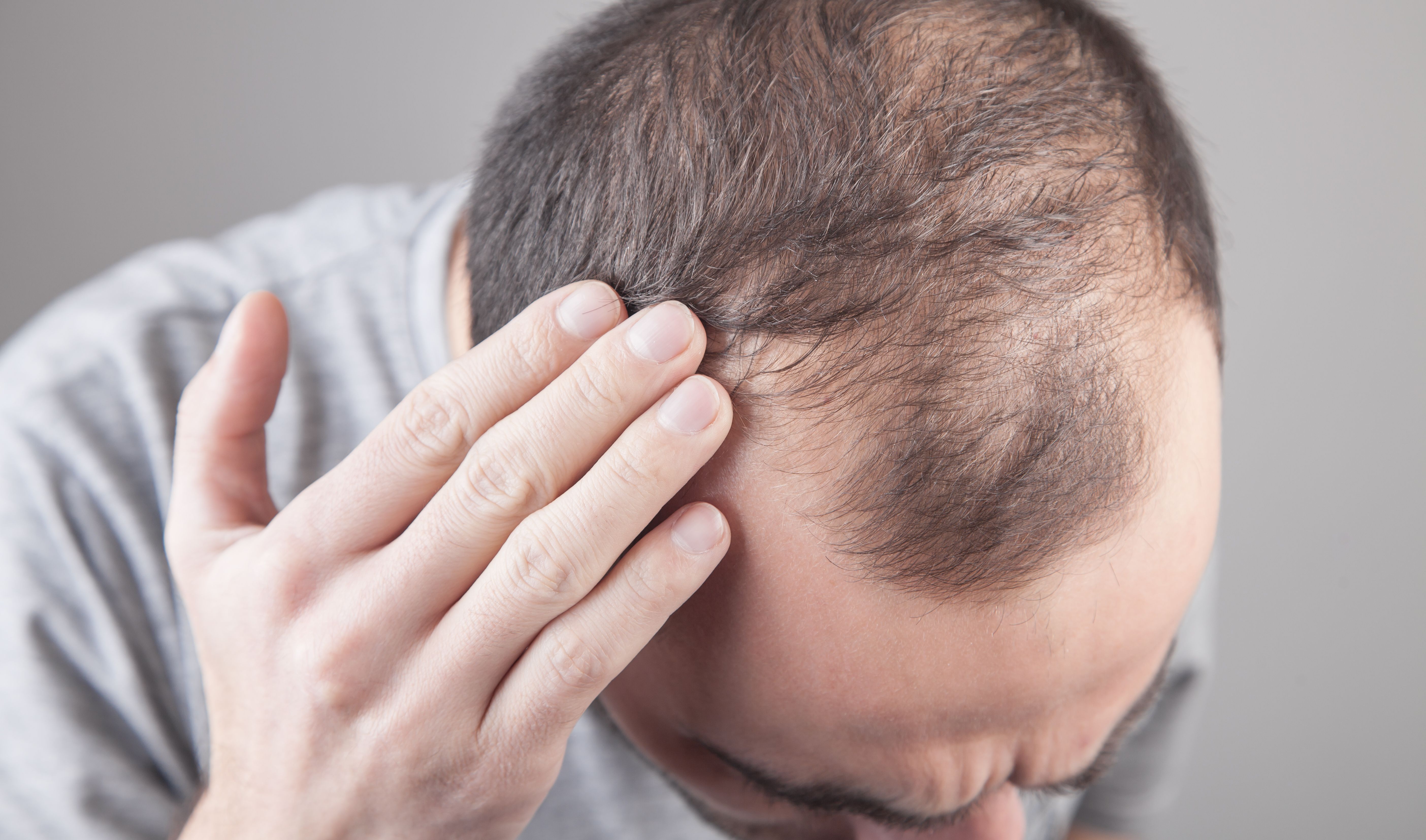- Center on Health Equity & Access
- Clinical
- Health Care Cost
- Health Care Delivery
- Insurance
- Policy
- Technology
- Value-Based Care
Low-Dose Oral Minoxidil Effective for Various Hair Loss Disorders
Low-dose oral minoxidil has been agreed upon by an international expert panel as an effective treatment for various hair loss conditions, such as alopecia, with guidelines provided for safe and effective use.
Low-dose oral minoxidil has been agreed upon by an international expert panel as an effective treatment for various hair loss conditions, such as alopecia, with guidelines provided for safe and effective use. | Image Credit: andranik123 - stock.adobe.com

An international expert consensus study found broad agreement regarding prescriptions of low-dose oral minoxidil for patients with hair loss disorders, such as alopecia, to help guide future clinical practices, according to data published in JAMA Dermatology.1
Multiple forms of hair loss, including androgenetic alopecia, primary scarring alopecia, alopecia areata, telogen effluvium, and additional etiological reasons can be treated with minoxidil. Minoxidil can be applied topically on the scalp or taken as an oral medication.2 Typically, topical minoxidil can be purchased over the counter whereas minoxidil tablets need a prescription from a physician or specialist.
Adverse events for both medications differ as well. Oral minoxidil can cause hair growth on other parts of the body or lowered blood pressure. Topical minoxidil can cause irritation where the liquid is applied on the scalp or a dry hair texture.
Minoxidil penetrates through various pathways as an anti-inflammatory agent, an anagen extender, a 5-a reductase inhibitor and antiandrogen, an inducer of the Wnt/b-catenin signaling pathway, and a vasodilator that acts on adenosine triphosphate-sensitive potassium channels.1 While oral minoxidil is not a first-line treatment for hair loss disorders, there is a growing number of reports of the off-label use of low-dose oral minoxidil.
“There is a pressing need for an expert consensus-based statement for common use [of low-dose oral minoxidil] to maximize hair growth and minimize cardiovascular and other adverse effects,” said the study authors.
The expert consensus survey utilized the Delphi technique to collect anonymous opinions and provide controlled feedback over multiple rounds to generate a structured and unbiased consensus between March 21, 2023, through January 22, 2024. About 43 experts completed the consensus, representing 12 countries.
The majority of the survey respondents were clinicians in academic institutions (76.7%), almost half in private practices (46.5%), while the rest were clinicians in hospital-based specialty groups (16.2%), public service settings (11.6%), and managed care organizations (2.3%).
Experts came to a consensus that the patient populations to treat with low-dose oral minoxidil include both adults (93% agreed) and adolescents (86% agreed). However, the consensus fell short for pediatric treatment throughout the survey, dropping to 53.5% in agreement.
A strong consensus was reached among experts regarding low-dose oral minoxidil providing a direct benefit for androgenetic alopecia and age-related patterned thinning (97.7% agreed). Experts also agreed on its direct benefits for patients with alopecia areata (81.4% agreed), telogen effluvium (86%), traction alopecia (79.1%), and endocrine therapy–induced alopecia (83.7%). Supportive benefits of low-dose oral minoxidil for various forms of cicatricial alopecia were agreed upon as well.
The survey covered the consensus choice between low-dose oral minoxidil and topical minoxidil for patients. The oral tablets were favored over the topical medications because they were considered less expensive (70.5% agreed), more convenient (93.2% agreed), had little to less scalp irritation (93.2% agreed), and no hair texture change (95.5% agreed).
Certain medical conditions may preclude the use of low-dose oral minoxidil. Individuals with a history of pericardial effusion/tamponade, pericarditis, congestive heart failure, pulmonary hypertension associated with mitral stenosis, pheochromocytoma, or who are pregnant or breastfeeding should avoid this medication. Those with a history of tachycardia, arrhythmia, hypotension, kidney impairment, or undergoing dialysis should take precaution prior to medication use by consulting with a health care provider.
Determining doses for patients achieved an expert consensus regarding beginning with the determination of sex, age, hypertrichosis considered undesirable or desirable effect, and the risk for systemic adverse effects. The severity of the patients’ hair loss at baseline was considered important in determining the maximum dose of low-dose oral minoxidil (74.4% agreed). Typically, female adult patients received a dose between 0.625 mg to 5 mg daily while male adults’ dose ranged between 1.25 mg to 5 mg daily.
The study limitations include the potential for bias due to the absence of certain expert perspectives, such as those of pediatric hair loss specialists. Additionally, the lack of patient input in the consensus process may limit the practical applicability of the guidelines.
The consensus findings analyzed specific patient populations, indications, dosing, contraindications, precautions, baseline evaluation, specialty consultation, monitoring, adverse effects, and adjunctive therapy. The strongest agreement included low-dose oral minoxidil use in adults with androgenetic alopecia or age-related thinning in instances where topical minoxidil is ineffective or challenging.
“These consensus recommendations serve as a crucial reference for dermatologists treating patients with hair loss, offering best-practice insights into low-dose oral minoxidil prescribing until further data emerge,” concluded the study authors.
References
1. Akiska YM, Mirmirani P, Roseborough I, et al. Low-dose oral minoxidil initiation for patients with hair loss: an international modified Delphi consensus statement. JAMA Dermatol. 2024;1-9. doi:10.1001/jamadermatol.2024.4593
2. Bradshaw R, Jones K. Oral minoxidil vs topical: what’s the difference? Oxford Online Pharmacy. September 16, 2024. Accessed November 19, 2024. https://www.oxfordonlinepharmacy.co.uk/blog/oral-minoxidil-vs-topical-whats-the-difference
